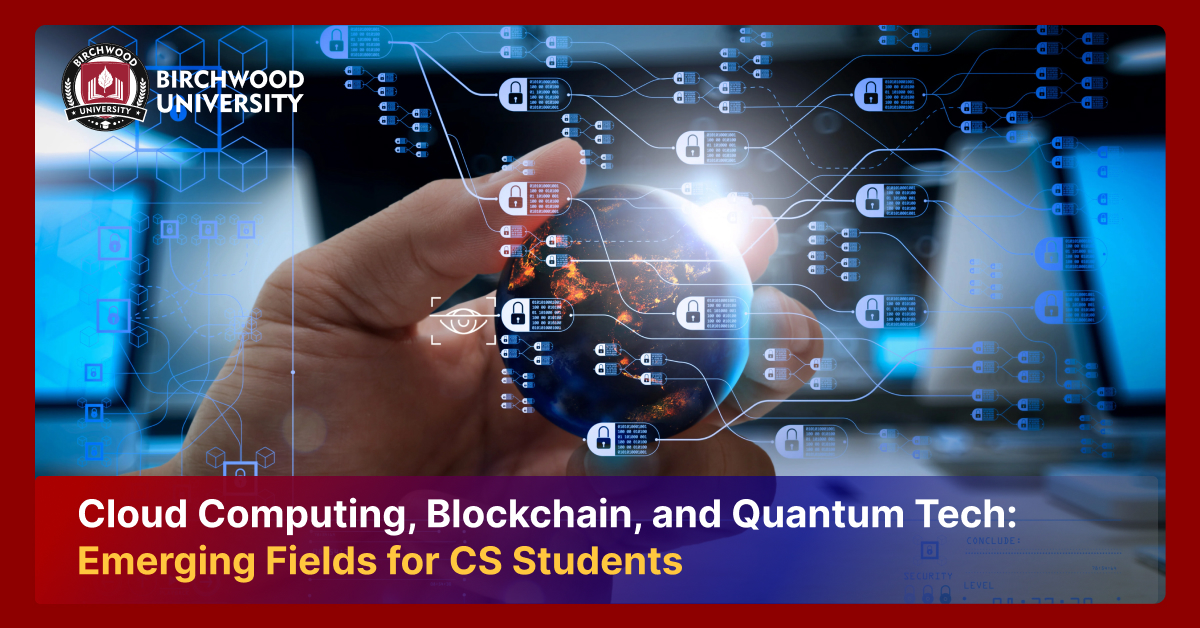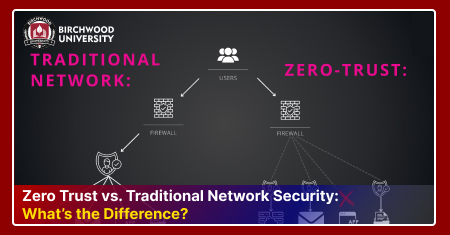The 5 Biggest Cyber Threats For the Education Sector
Jan 18, 2024The halls of learning have become digital war zones. As schools and universities heavily rely on technology to connect and educate, it has become the prime target for cybercriminals. Cyber threats in the education sector are not just imaginative scenarios anymore: they are harsh realities with potentially dangerous consequences. From ransomware attacks to data breaches exposing the sensitive information of students requires a proactive approach. In this blog, we will discuss the most threatening cyber attacks and how one can safeguard themselves from them.
Top Cyber Security Threats:
Ransomware:
Ransomware attacks have become a major plague in the digital realm, and schools are not immune. These attacks encrypt crucial data, rendering systems and information inaccessible until a ransom is paid. Imagine the chaos if student records, research projects, or administrative systems were suddenly held hostage – the disruption to learning and operations would be crippling.
Defense Strategies:
- Backup: Regular backup of important data to ensure a fast recovery even if your data is compromised.
- Paching and Updates: Implement stringent policies for timely software patching and updating to secure systems against cyber threats.
- Multiple Authentication: Make it more difficult for hackers to get access by adding multiple protection through several methods of user identification.
- Cybersecurity awareness: inform academic staff, and students on common cyber threats and safe online conduct and practices.
Phishing:
Phishing assaults take advantage of people's trust to steal confidential data. Disguised as trustworthy sources, emails or messages can fool users into opening harmful links or divulging personal information. Potential targets include financial information, administrative logins, and student email addresses.
Defense Strategies:
- Email filtering and monitoring: Use email filtering systems to catch suspicious emails before they reach anyone. Monitor user activity for any unusual login attempts or data access patterns.
- Training on security awareness: Train staff regularly on how to spot phishing efforts and steer clear of dubious links or attachments.
- Anti-phishing technology: Consider using anti-phishing technologies that examine sender and content information to identify spoof emails.
Data Breaches:
When unauthorized individuals obtain sensitive data, including bank records, student records, or personally identifiable information (PII), data breaches take place. Identity theft, financial fraud, reputational harm, and legal ramifications are just a few of the dire outcomes that may occur.
Defense Techniques:
- Data encryption: To prevent unwanted access to sensitive data, encrypt it both in transit and at rest.
- Strict Vulnerability assessments: Do frequent vulnerability assessments, to find and fix bugs in your systems and networks before they become exploited,
- Plan for responding to incidents: Create a thorough incident response plan to handle data breaches quickly, efficiently, and with the least amount of harm possible. Access controls should be put in place to restrict access to different datasets.
Insider Threats:
Insider threats arise from malicious or negligent actions by individuals with authorized access to systems and data. This could include disgruntled employees, students, or third-party vendors who exploit their access privileges for personal gain or to cause harm.
Defense Strategies:
- Background checks: Conduct thorough background checks on all employees who have access to sensitive information.
- Least privilege principle: Provide users the minimum access to data to perform their duties.
- Whistleblower hotlines: Encourage employees and students to report suspicious activity through secure channels.
Internet of Things (IoT) Attacks:
The attack surface grows as smart gadgets and linked systems are used by educational institutions more and more. Vulnerabilities in these devices can be used by hackers to enter the network and initiate additional attacks.
Defense Strategies:
- Secure IoT devices: Choose IoT devices with strong security features and keep them updated with the latest security patches.
- Segment the network: Separate IoT devices from other critical systems to limit the potential threat of an attack.
- Monitor IoT activity: Monitor IoT for unusual activity and suspicious communications.
- Secure authentication and encryption: Use strong authentication and encryption methods for communication between IoT devices and the network.
Why is Cyber Security important in Education?
- Protect Sensitive Information: Student data, financial records, and research findings are highly valuable to cybercriminals who can exploit them for identity theft, financial fraud, or intellectual property theft. Data breaches can cause significant financial losses, erode trust, and damage the institution's reputation.
- Maintain Operational Continuity: Cyberattacks can disrupt critical systems, including online learning platforms, administrative functions, and building management. This can lead to canceled classes, delayed research, and hindered operations, impacting the entire educational community.
- Ensure Student and Faculty Safety: In extreme cases, cyberattacks can compromise critical infrastructure or physical systems, potentially endangering the safety of students and faculty. This highlights the importance of robust security measures to protect against malicious actors.
How an MS in Cybersecurity Can Help:
- Advanced Skills and Knowledge: Master's programs equip graduates with in-depth knowledge of cybersecurity concepts, frameworks, and best practices. They learn about threat detection and analysis, network security, cryptography, digital forensics, and incident response, preparing them to tackle complex cyber challenges.
- Specialization and Expertise: MS programs often offer specialization tracks focusing on specific areas of cybersecurity, such as penetration testing, vulnerability management, or security architecture. This allows graduates to develop specialized skills and expertise tailored to their career aspirations.
- Enhanced Employability and Career Advancement: The cybersecurity job market is booming, and qualified professionals are in high demand. An MS degree equips graduates with the skills and knowledge sought by employers, significantly boosting their employability and opening doors to career advancement opportunities.
- Leadership and Management Skills: Many MS programs focus on developing leadership and management skills, crucial for navigating the complex cybersecurity landscape. Graduates learn to strategize, build and manage security teams, and implement effective security policies within an organization.
Investing in an MS in Cyber security is an investment in the future of education. It empowers you to become a valuable asset in safeguarding the digital realm of learning and research, contributing to a secure and thriving educational environment for generations to come.
Remember, cybersecurity is not just a technical field; it's about people, education, and protecting the future. Take the first step toward a rewarding career in this critical field and equip yourself with the knowledge and skills to make a real difference in the education sector.






